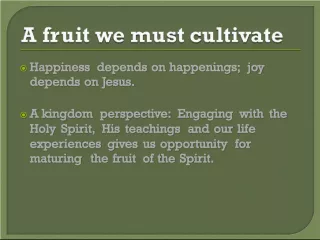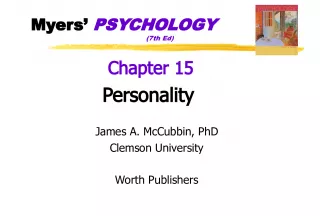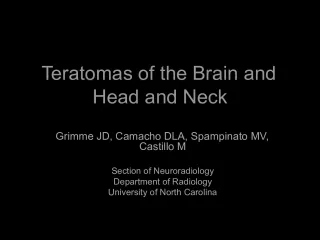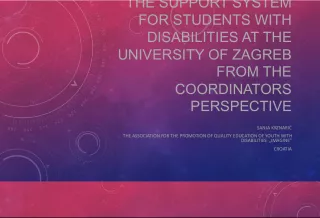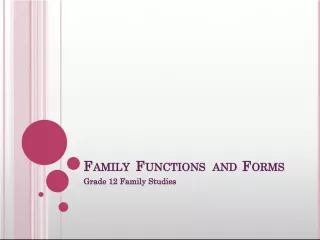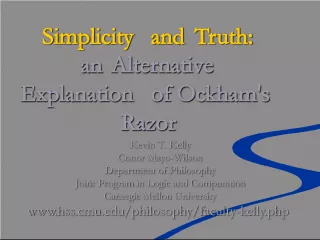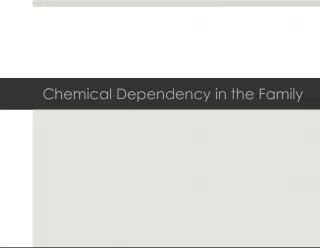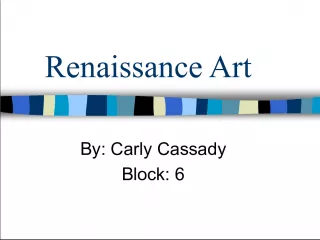Marriage and Family in Theoretical Perspective: Functionalist Perspective
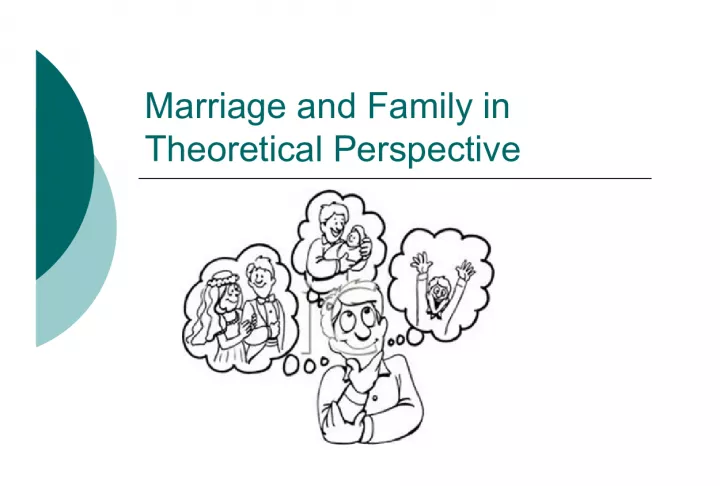

This perspective examines how the family is related to other parts of society and argues that the family is universal because it fulfills six needs that are essential for every society's survival
- Uploaded on | 2 Views
-
 lenny
lenny
About Marriage and Family in Theoretical Perspective: Functionalist Perspective
PowerPoint presentation about 'Marriage and Family in Theoretical Perspective: Functionalist Perspective'. This presentation describes the topic on This perspective examines how the family is related to other parts of society and argues that the family is universal because it fulfills six needs that are essential for every society's survival. The key topics included in this slideshow are . Download this presentation absolutely free.
Presentation Transcript
Slide1Marriage and Family inTheoretical Perspective
Slide2Functionalist Perspective Examines how the family is related to other parts of society. The family is universal because it fulfills six needs that are all basic to survival of every society: Economic production Socialization of children Care of the sick and aged Recreation Sexual control Reproduction Incest taboo helps the family avoid role confusion and ensure that people look outside the family for marriage partners. The dysfunctions of the nuclear family is emotional overload since , unlike extended families, there are few members to count on for material and emotional support.
Slide3Conflict Perspective Focuses on how family members compete and cooperate. Examples: Struggle over who does housework , is a struggle over limited resources of time, energy, and leisure. Since most husbands resist doing housework, wives end up doing most of it, even wives with other jobs to do outside the home. According to one study, wives put in 8 hr day of working for wages 11 hrs more child care and housework each week than their husbands. Sociologist Arlie Hochschild refers to this as a “ second shift”
Slide4figure 16.1 in two-paycheck marriages, who does the Housework?Source: By the author. Based on Bianchi et al. 2000: Table 1. Note: based on a national sample. Cooking and meal cleanup are combined from the original data. Source: By the author. Based on Bianchi et al. 2000: Table 1. Note: based on a national sample. Cooking and meal cleanup are combined from the original data.
Slide5Symbolic Interactionists Believes the key to understanding behavior within the family lies in the interaction among family members and the meanings that members assign to these interactions. Examines how contrasting experiences between men and women play out in marriage. The closer a husband’s and wife’s earnings, the more likely they are to share housework. Most husbands who get laid off, however, decrease their housework, while husbands who earn less than their wives do the least housework. Gender Roles? Symbolic Interactionists believe this undercuts his traditional role of provider and threatens his masculinity.


